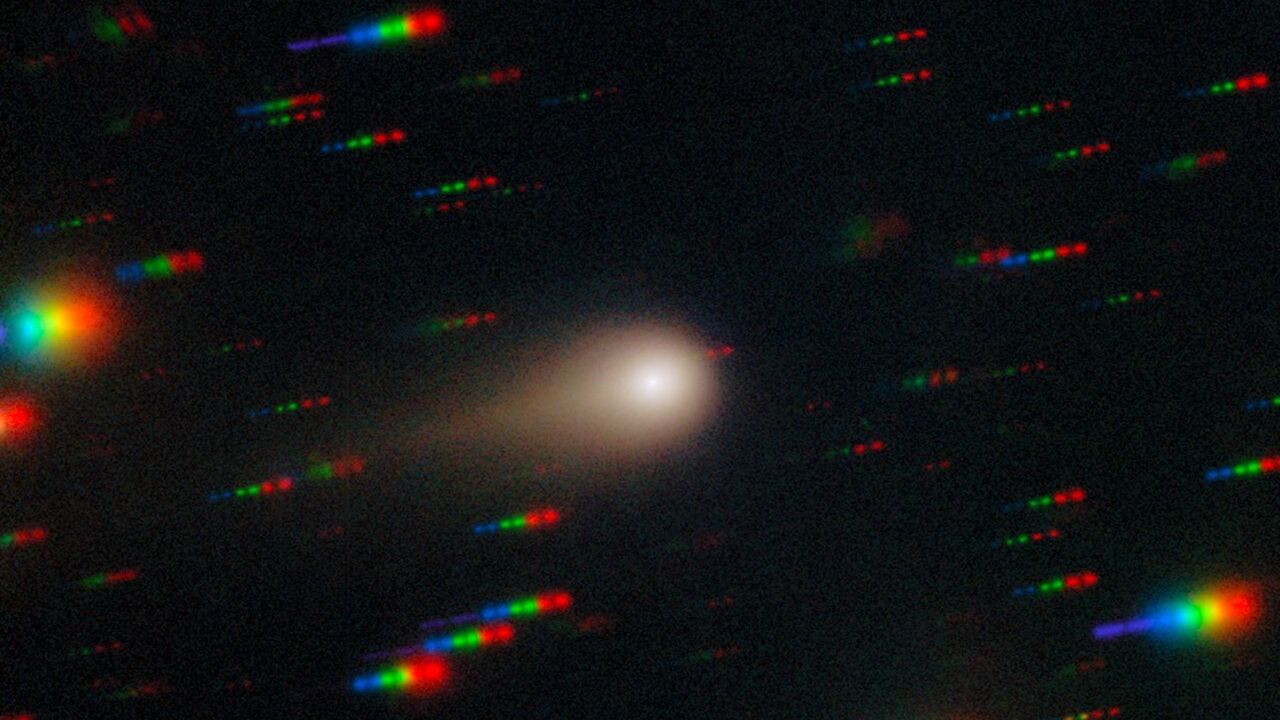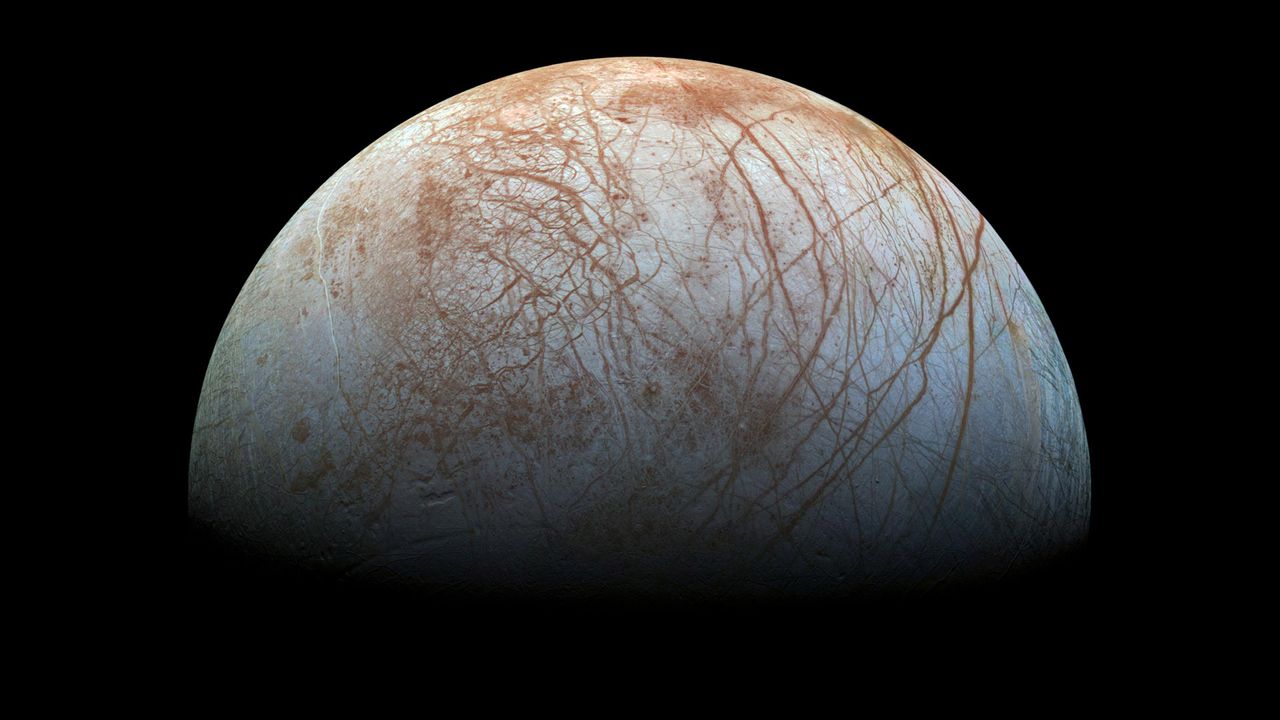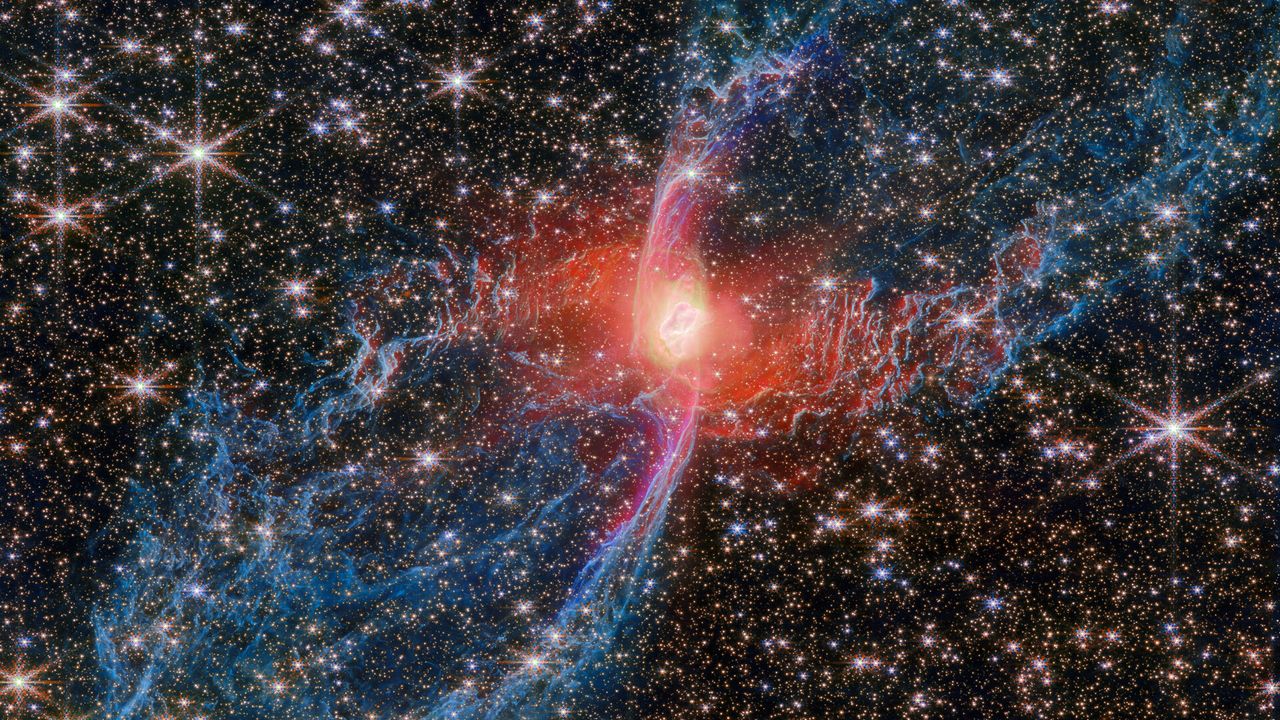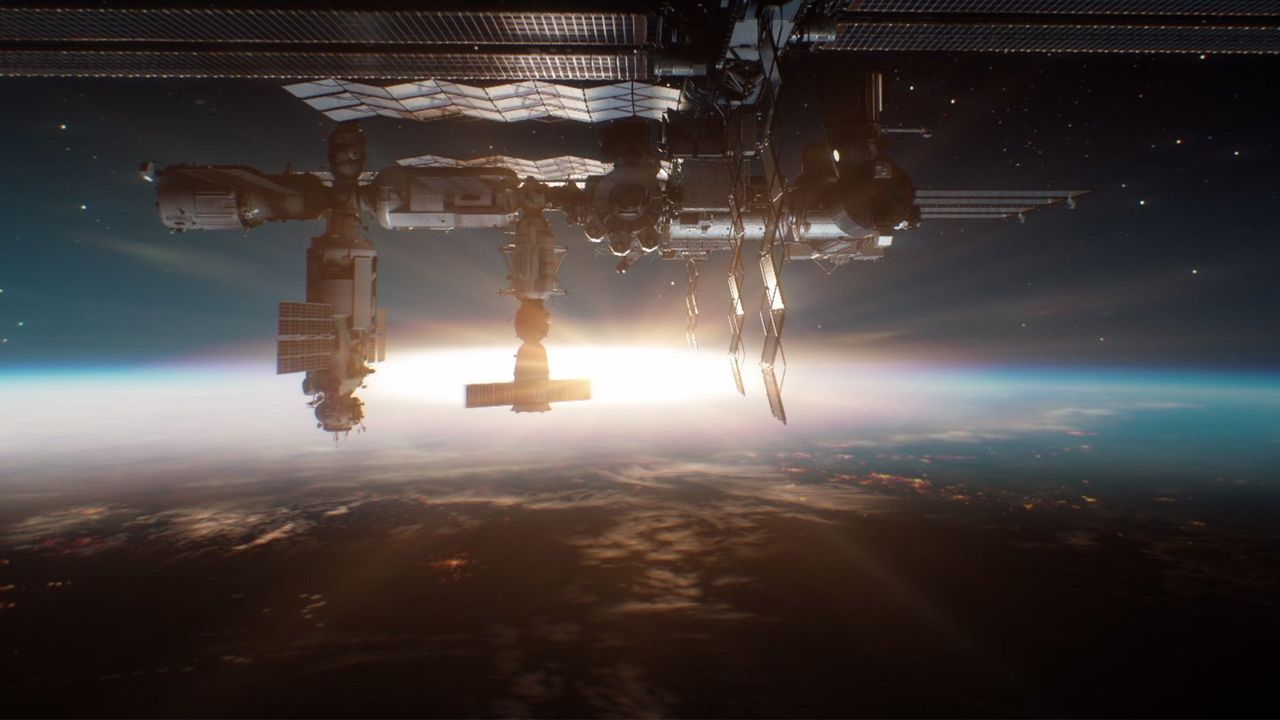James Webb telescope celebrates Halloween with eerie image of a dying sun — it's what our own might look like one day
PositiveScience
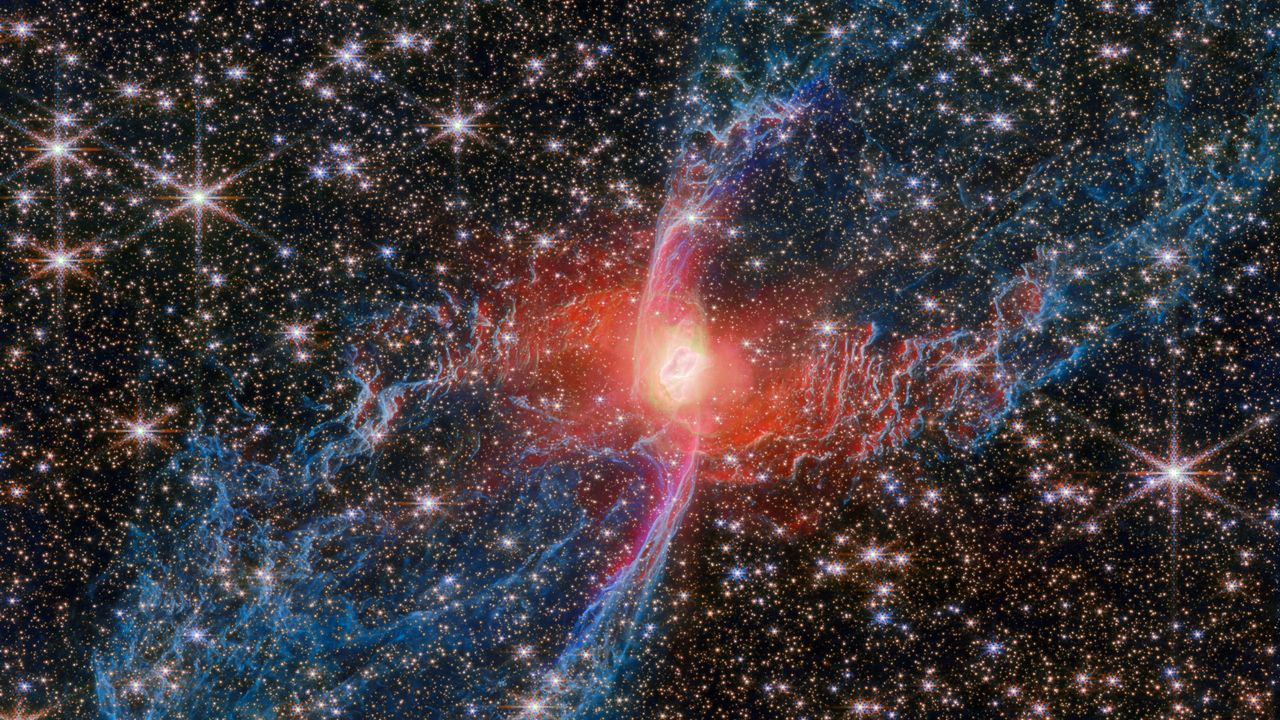
This Halloween, the James Webb Space Telescope has unveiled a breathtaking image of the Red Spider Nebula, offering a fascinating glimpse into what our solar system might look like in the distant future. This stunning visual not only captivates the imagination but also enhances our understanding of stellar evolution, reminding us of the beauty and mystery of the universe.
— Curated by the World Pulse Now AI Editorial System
